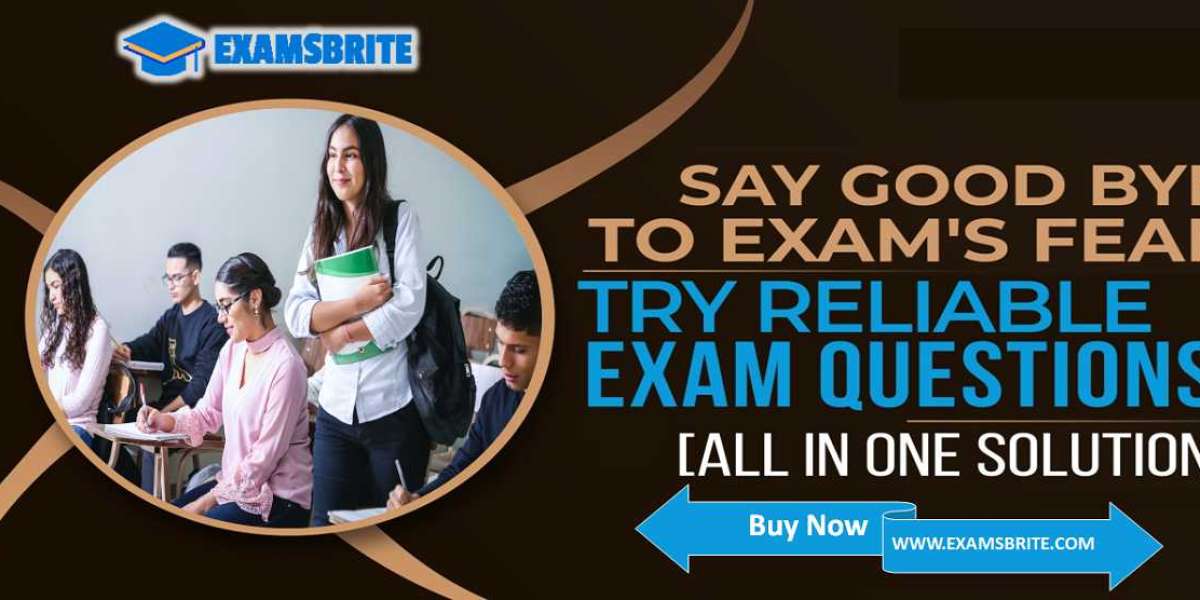Emotionally disturbed students are those who experience ongoing difficulties managing their emotions. This can affect their ability to learn and interact with others in a healthy way. They may struggle with building friendships, expressing themselves appropriately, or managing strong emotions like anger or sadness. These challenges are not temporary and significantly impact their academic performance and social interactions at school.
What is an example of Emotionally disturbed students
An example of an Emotionally disturbed students might be a child who frequently displays intense mood swings and has difficulty managing their emotions. This student might exhibit behaviors such as sudden outbursts of anger, prolonged periods of sadness, or chronic anxiety that interferes with their ability to focus on schoolwork. They may struggle with forming and maintaining friendships, often feeling isolated or misunderstood by peers. Additionally, this student might have frequent absences or show a significant decline in academic performance.
Symptoms of Emotionally Disturbed Students?
However, if you notice a Emotionally disturbed students several of these symptoms consistently, it's crucial to reach out to a school counselor, “Psychologist near me”, or another qualified professional for further assessment and support.
- Persistent Sadness or Depression: Prolonged periods of feeling down or hopeless.
- Extreme Mood Swings: Frequent and intense changes in mood.
- Chronic Anxiety: Excessive worrying or fearfulness that impacts daily activities.
- Aggression or Anger: Regular outbursts of anger, physical confrontations, or destruction of property.
- Social Withdrawal: Avoidance of social interactions and activities they once enjoyed.
- Defiance: Consistent opposition to authority figures and refusal to follow rules.
- Difficulty Concentrating: Trouble focusing on tasks, leading to incomplete work or poor academic performance.
- Academic Decline: Noticeable decrease in grades and lack of interest in schoolwork.
- Impulsivity: Acting without thinking, making hasty decisions, or interrupting others frequently.
- Self-Harm: Engaging in behaviors that cause physical harm to oneself.
- Substance Abuse: Using drugs or alcohol as a coping mechanism.
- Physical Complaints: Frequent, unexplained physical symptoms like headaches or stomachaches.
- Excessive Absenteeism: Regularly missing school or certain classes.
- Low Sense of Self-Esteem: negative self-image and sentiments of unworthiness or inadequacy.
- Paranoia or Distrust: Suspiciousness towards others and difficulty trusting people.
- Relationship Difficulties: Struggles with forming and maintaining friendships and positive relationships with peers and teachers.
If you suspect a student might be struggling emotionally, reach out to a school “Online counselor”, psychologist, or another support person to ensure they get the help they deserve.
Strategies for Dealing with Emotionally Disturbed Students?
Many online resources and professional organizations offer support and strategies for dealing with emotionally disturbed students.
Build Strong Relationships: Establish trust and rapport with the student to create a safe and supportive environment.
- Consistent Routine: Provide a predictable schedule to help students feel secure and understand expectations.
- Clear Expectations: Set clear, consistent rules and consequences to provide structure and boundaries.
- Positive Reinforcement: Use praise and rewards to reinforce positive behavior and accomplishments.
- Individualized Support: Develop personalized strategies and interventions tailored to the student’s specific needs.
- Teach Social Skills: Incorporate social skills training to help students improve interactions with peers and adults.
- Behavioral Interventions: Implement behavior management plans, such as token economies or behavior contracts.
- Emotional Regulation Techniques: Teach coping strategies, such as deep breathing, mindfulness, and relaxation exercises.
- Collaborate with Specialists: Work with school counselors, psychologists, and special education professionals to provide comprehensive support.
- Parental Involvement: Engage and communicate regularly with parents to ensure consistency between home and school.
- Safe Space: Create a designated area where students can go to calm down and regroup when feeling overwhelmed.
- Cultural Sensitivity: Respect and incorporate the student’s cultural background into interventions and interactions.
- Academic Modifications: Adapt curriculum and assignments to accommodate the student’s learning style and emotional needs.
- Monitor Progress: Regularly assess the student’s progress and adjust strategies as needed.
- Professional Development: Stay informed about best practices and attend training on managing emotional and behavioral disorders.
- Encourage Peer Support: Foster an inclusive classroom environment where peers are encouraged to support one another.
In conclusion, emotionally disturbed students face unique challenges that require specialized strategies and support.








